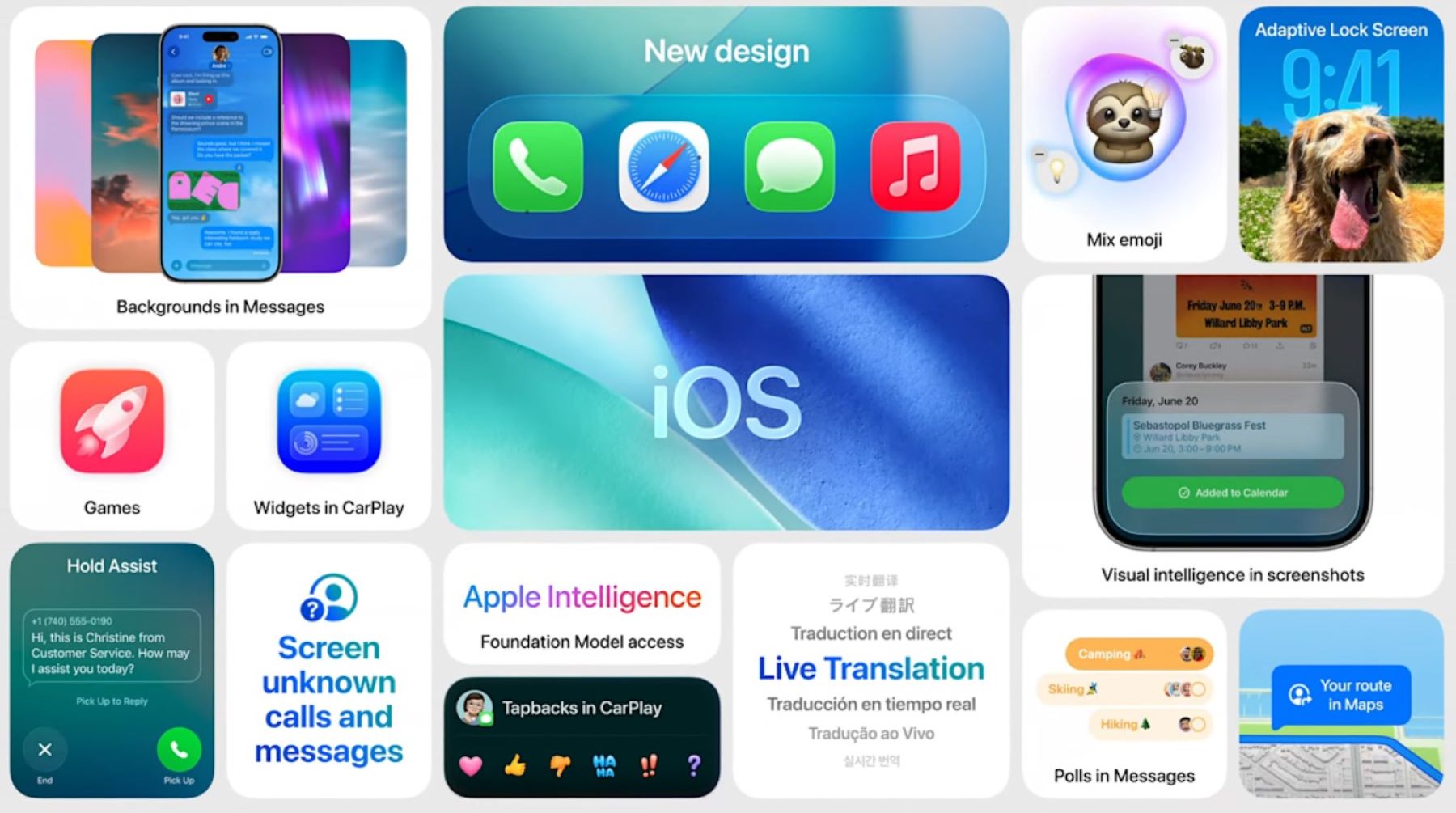Motorola, a brand synonymous with delivering value in the mobile phone industry, recently introduced the Motorola G Stylus 5G (2023). This device was poised to continue Motorola’s tradition of offering powerful features at an affordable price. However, the phone’s potential is significantly undermined by a pervasive issue in the budget smartphone market: bloatware.
Key Highlights:
- The Motorola G Stylus 5G (2023) boasts impressive specifications for its $399 price tag, including ample storage, 6GB of RAM, a capable Snapdragon processor, and additional conveniences like a charger and headphone jack.
- Despite its hardware and cost-effectiveness, the user experience is greatly diminished by an excessive amount of pre-installed software and prompts to install further applications, complicating the software experience.
- Bloatware not only consumes device resources but can also pose security risks by collecting and selling user data to third parties.
Understanding the Bloatware Problem
The term “bloatware” refers to unwanted software pre-installed on a device by manufacturers or carriers. It encompasses a range of unnecessary applications, from trial versions of paid apps to redundant utility apps, which can significantly impact a phone’s performance and user experience. In the case of the Motorola G Stylus 5G (2023), users have reported being bombarded with prompts to download additional apps, disguised under the guise of convenience, such as folders labeled “entertainment” and “shopping” which are, in reality, separate applications.
The Impact of Bloatware
- Performance Degradation: Bloatware can drastically slow down a device by consuming valuable system resources like memory and processing power.
- Security Risks: Some bloatware applications have been found to collect user data without consent, introducing privacy concerns and potential security vulnerabilities.
- Compromised User Experience: The presence of bloatware can clutter the user interface and complicate the process of finding and using desired applications, leading to a frustrating user experience.
How Motorola’s Bloatware Stands Out
The Moto G Stylus 5G (2023) introduces a specific type of bloatware through a service called Swish. Swish apps masquerade as useful folders but are, in reality, prompts for users to download more applications. This aggressive approach not only takes bloatware to a new level by intruding on the user’s setup experience but also continues to be a nuisance by prompting downloads even after the initial setup.
Bloatware: A Widespread Issue
While Motorola’s recent foray into budget smartphones highlights the issue, bloatware is not unique to this brand or device. Many budget smartphones come pre-loaded with unnecessary software, affecting not just performance but also user privacy and security. The motivations behind including such software often tie back to revenue generation through ads or data collection.
Mitigating the Bloatware Problem
Users have some recourse in dealing with bloatware, such as uninstalling or disabling unwanted apps. However, this can be a complex and time-consuming process, with some bloatware apps being non-removable or only partially disable-able. Despite these challenges, awareness and understanding of bloatware are essential for consumers to protect their device performance and personal information.
The Motorola G Stylus 5G (2023) serves as a potent reminder of the ongoing struggle with bloatware in the budget smartphone sector. While offering commendable hardware at an attractive price point, the excessive pre-installed software mars the user experience, overshadowing the device’s potential. This issue underscores the need for manufacturers to reconsider the user experience, balancing profitability with customer satisfaction and security.








